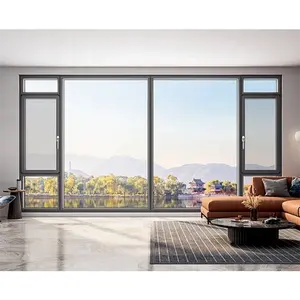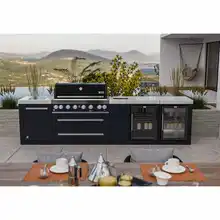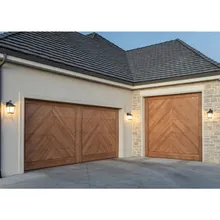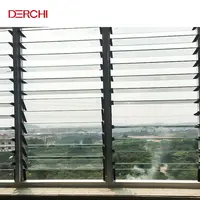Louvre windows have become a staple in modern architecture, offering both aesthetic appeal and functionality. Their ability to provide controlled ventilation is particularly advantageous in hot climates, allowing for complete opening, partial adjustment, or a full closure to manage airflow while still letting in light.
The design of glass louvres has evolved to fit both contemporary and classic homes. They are often chosen for rooms that require both light and ventilation, such as bedrooms, bathrooms, and living areas. Their installation can transform warm spaces by capturing breezes, making them ideal for upper-story rooms that tend to retain heat.
In terms of maintenance, glass louvres are noted for their ease of cleaning, as both sides of the glass can be accessed from inside the home, which is particularly beneficial for windows located on higher floors.
Durability is another key feature, with glass louvre windows maintaining their integrity for decades. Aluminium frames are recommended for their longevity, resistance to corrosion, and the variety of finishes available to complement different design aesthetics.
From an energy efficiency perspective, glass louvres contribute to reduced cooling costs by facilitating the escape of hot air, especially in areas like kitchens and bathrooms. The unobstructed views they offer, whether open or closed, add to their desirability as a design feature in modern homes.














































 浙公网安备 33010002000092号
浙公网安备 33010002000092号 浙B2-20120091-4
浙B2-20120091-4